On the morning of Friday 31st, Lynne and I took the Jeep for the short drive to Horham airfield.
Pronounced locally as "Horum", I can imagine the American airmen calling it "Whore Ham"!
It was the Head Quarters of the 13th Combat Wing, made up from the 95th, 100th and 390th Bomb Groups.
Most of the airfield has been returned to agriculture, but signs of the runways and perimeter tracks survive and it is possibly unique amongst 8th Air Force airfields in having two museums dedicated to the wartime activities - One at the base hospital and one at the Red Feather Club, the former NCO's club.
To start, here's a Google image with my picture locations marked on.
|
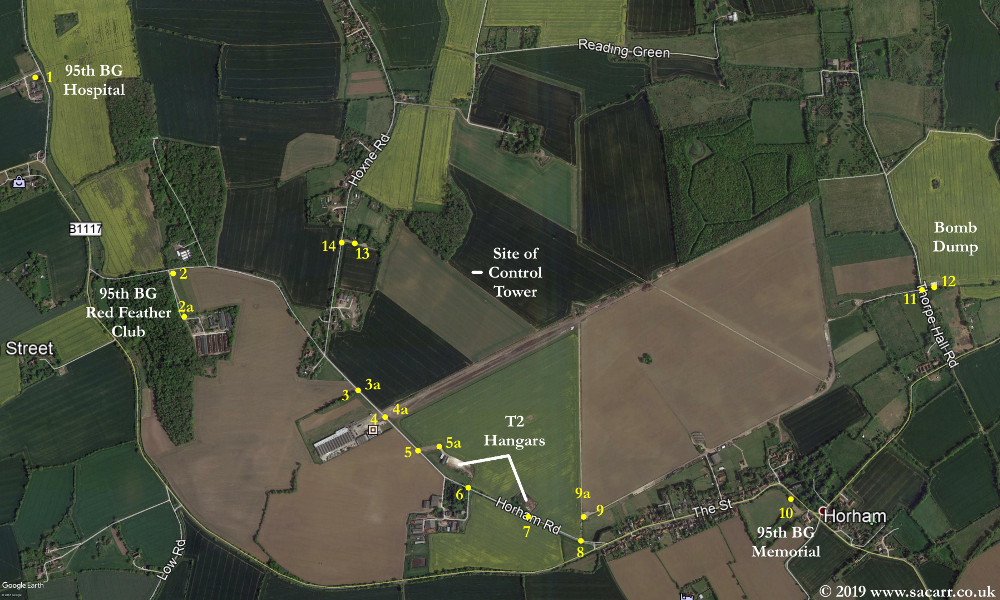
|
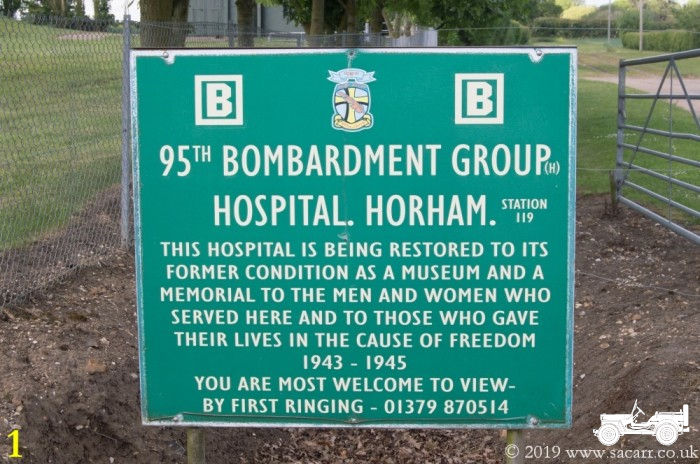
|
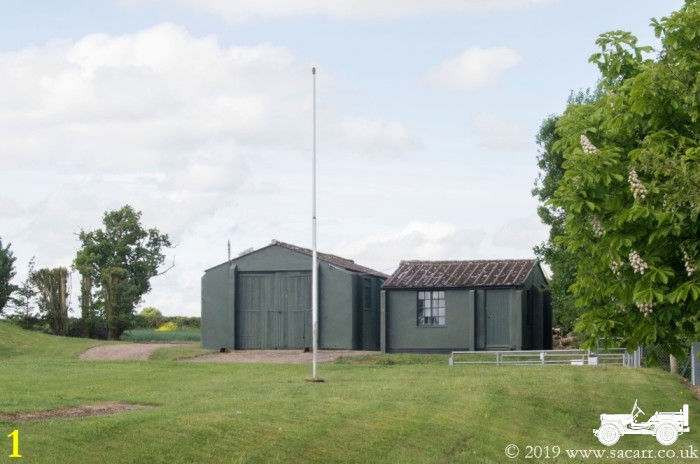
|
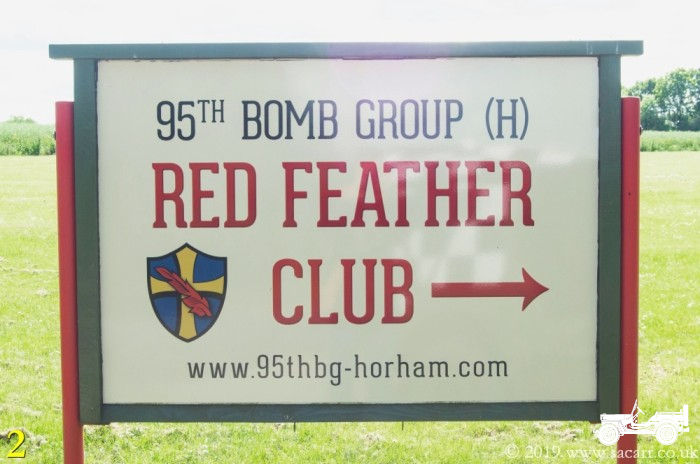
|
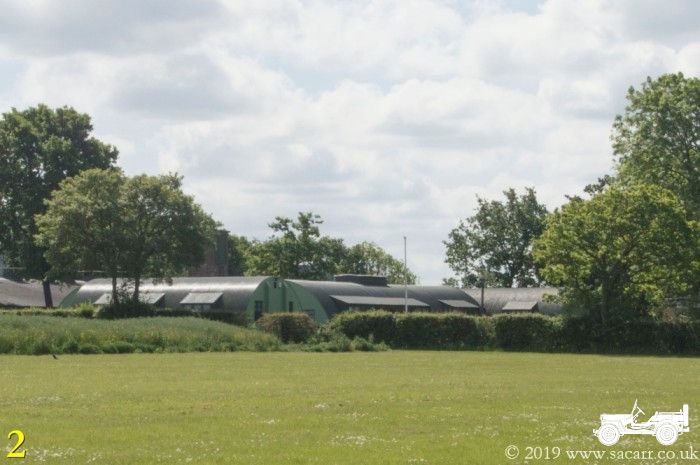
|
|
Entrance to the 95th Bomb Group Hospital Museum.
|
A couple of the Hospital
Museum buildings. It was closed at the time of our visit. We looked around in 2007 during the "Operation Bolero - Tour of the Dromes" convoy event.
|
The Red Feather Club is a newer museum but wasn't open on the Friday we visited.
|
The Red Feather Club.
|
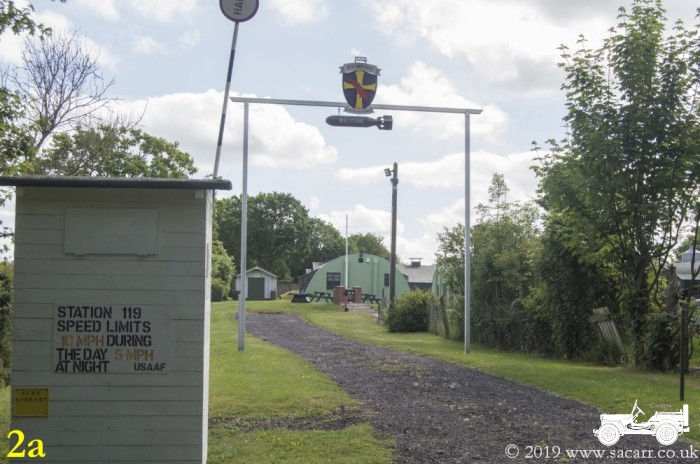
|
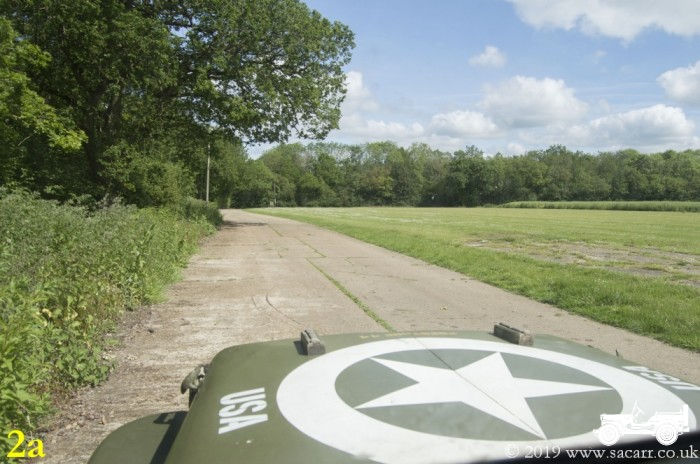
|
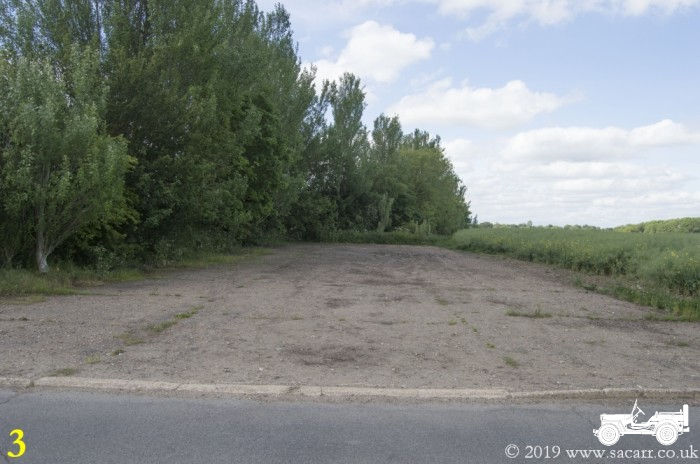
|
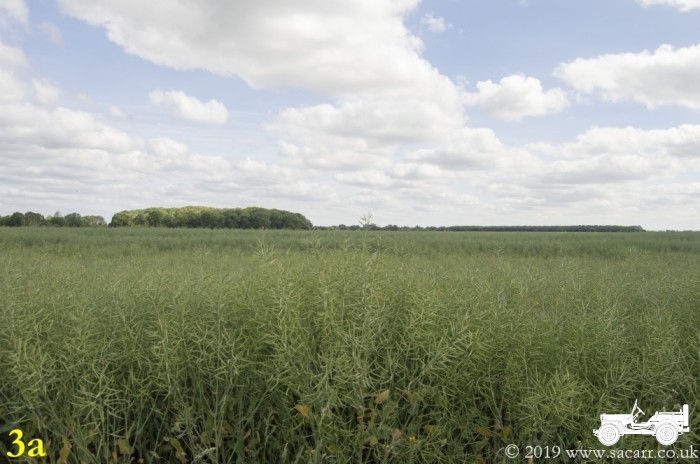
|
|
The Red Feather Club entrance.
|
Looking back down the original entrance road to the Red Feather Club.
|
A surviving part of the perimeter track near the West end of the main runway.
|
Looking the opposite way, the perimeter has gone.
|
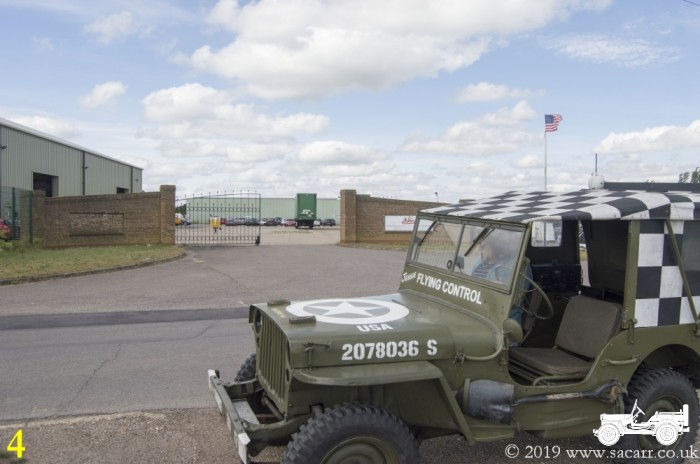
|
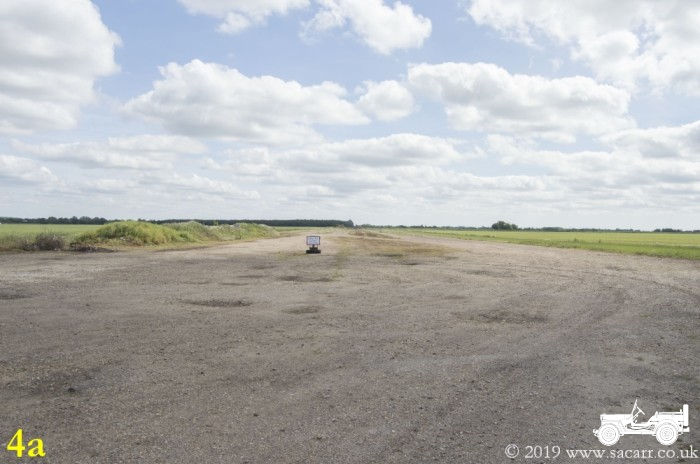
|
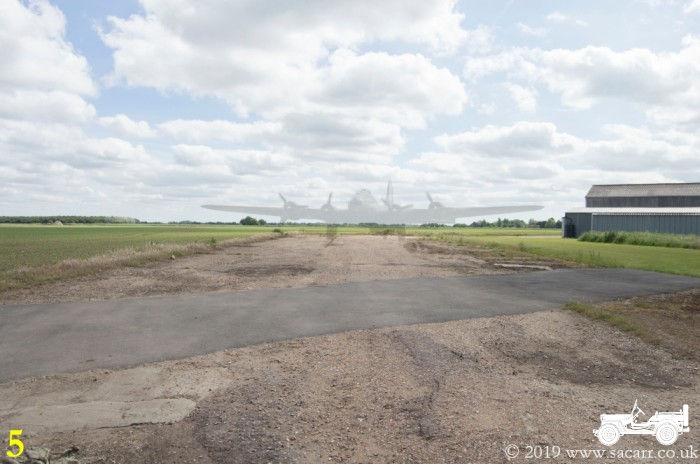
|
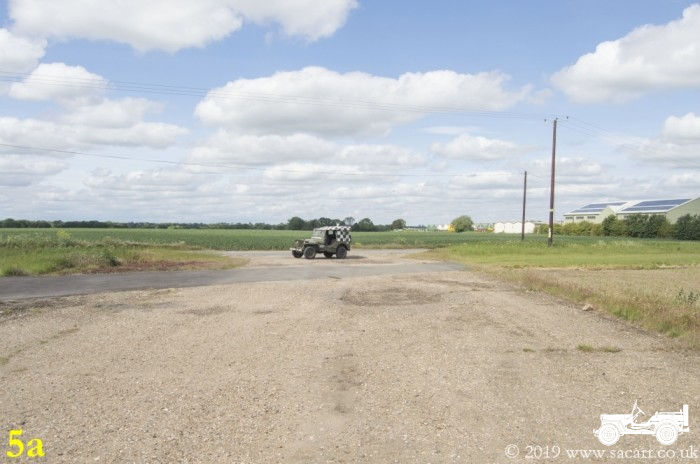
|
|
Looking West along the main runway. While this part of the runway survives, it has factory units built on it.
|
Looking East, around 2,300 feet of the runway is still there. Along side it is a grass strip with signs warning of an active airfield.
|
Driving further South East along the public road, another stretch of perimeter track survives, along with the spur that led to the Western most T2 hangar. Only the hangar base remains with large farm buildings built on it.
|
Standing outside the T2 hangar, looking West along the perimeter. The buildings on the end of the main runway can be seen to the right.
|
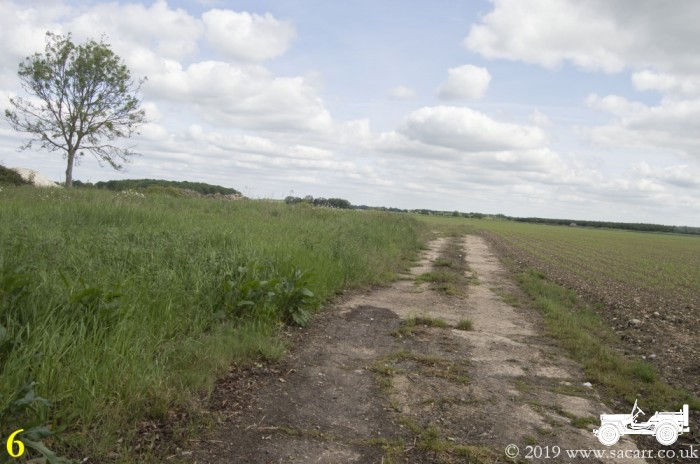
|
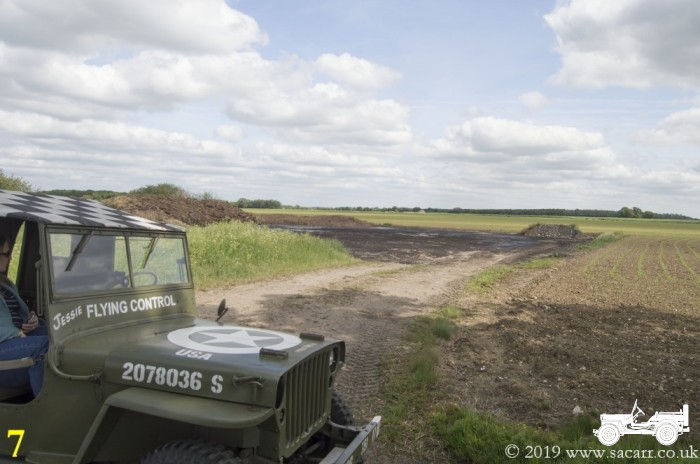
|
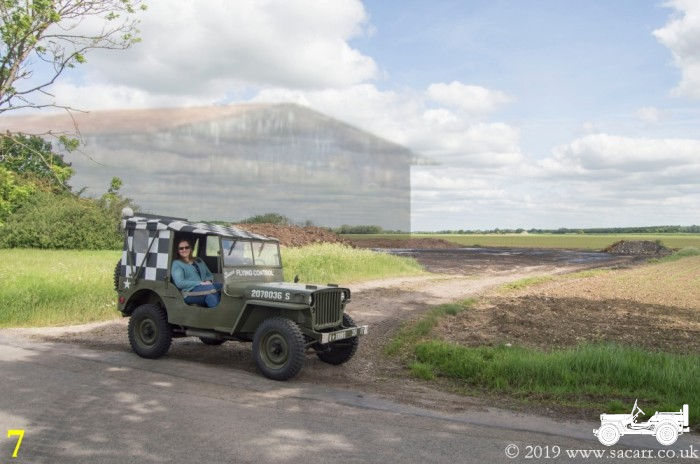
|
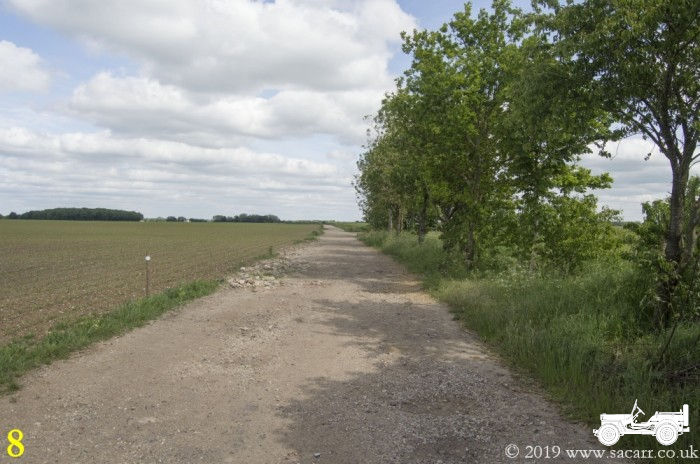
|
|
This track led from the public road to the other end of the first T2 hangar.
|
This is the South East end of the second hangar. Glenn Miller played here.
|
A ghostly hangar echoes to sounds of an imagined big band.
|
Continuing along the public road brings you to a track leading to the Southern end of the North-South runway.
|
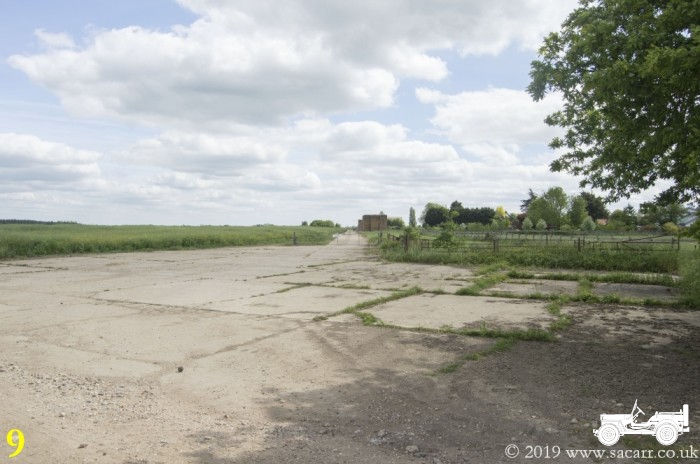
|
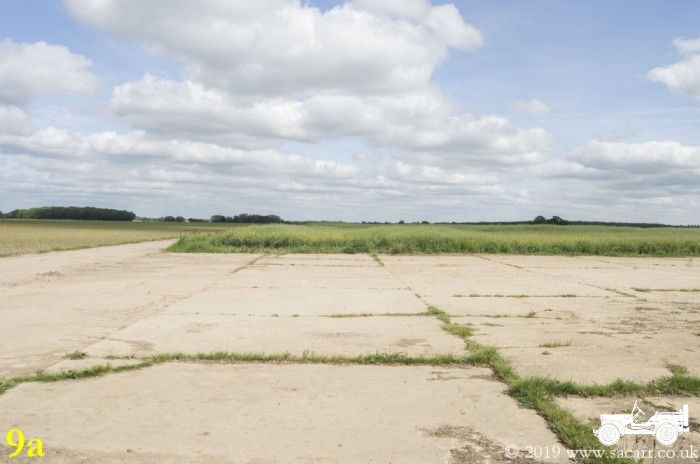
|
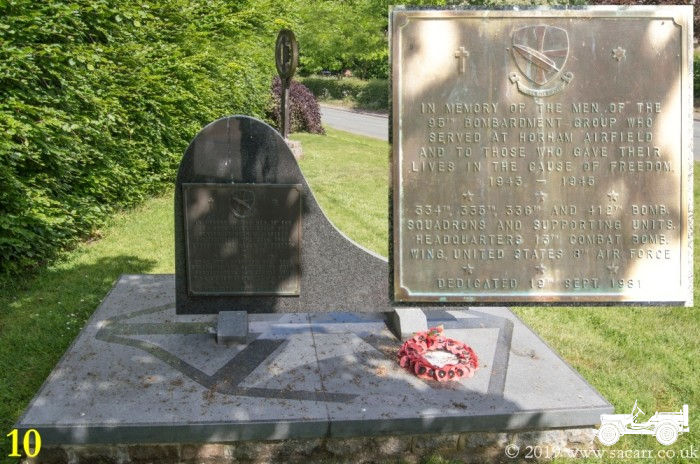
|
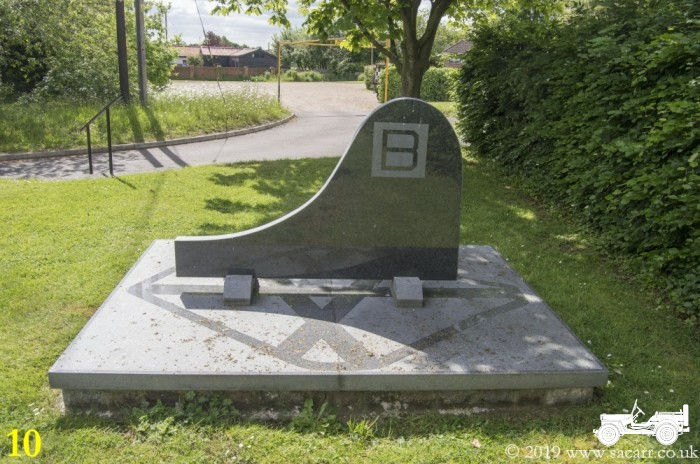
|
|
After a short walk up the track, looking right shows the Southern perimeter track, looking North East.
|
Straight ahead from the track off the road is a small section of the North-South runway. The rest of the runway has been reduced to a single concrete bay wide.
|
The memorial in Horham village.
|
The memorial in Horham village.
|
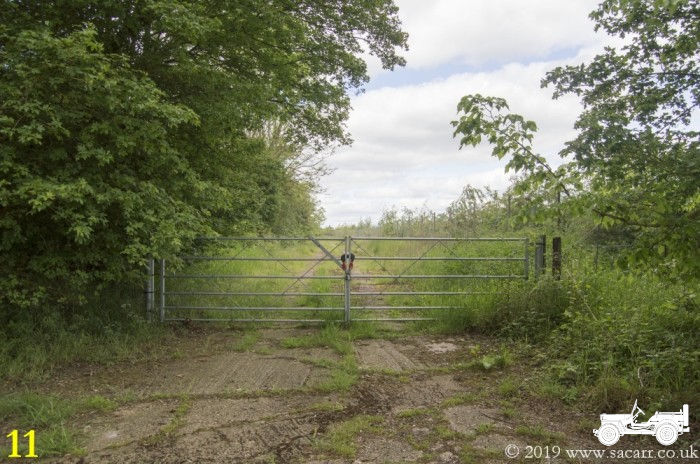
|
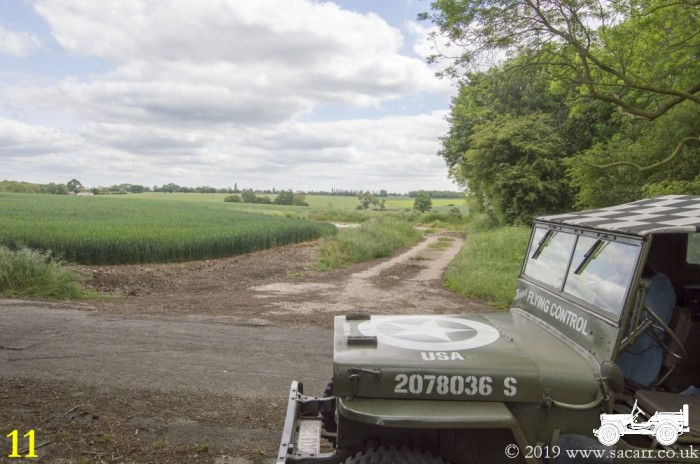
|
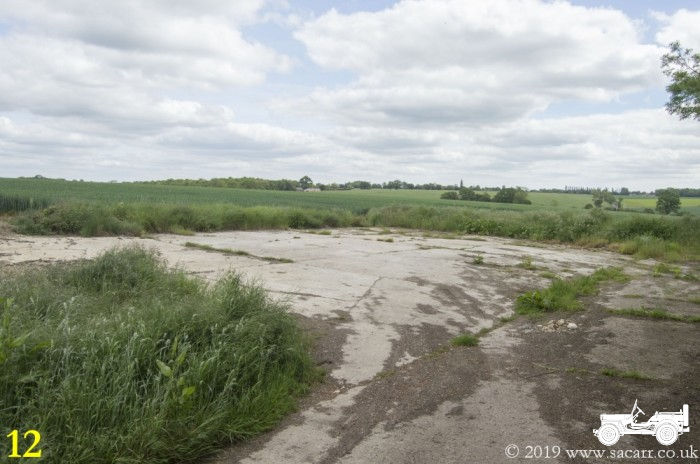
|
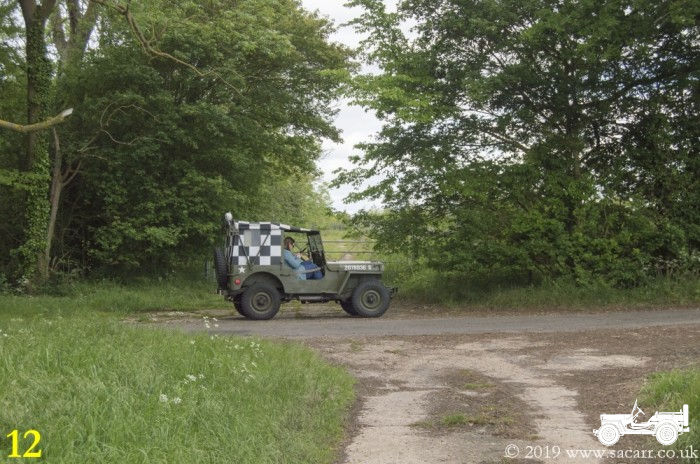
|
Around the East side of the airfield, a small road leads North, meeting this concrete track. We are looking West, heading back onto the airfield. Ammunition was stored in there.
|
Looking East from this point, the track continues, past what I suspect was the bomb fuse store and on into the field to the left where the bomb dump was located.
|
This is where I think the bomb fuse store was located.
|
Looking back from the bomb dump towards the airfield.
|
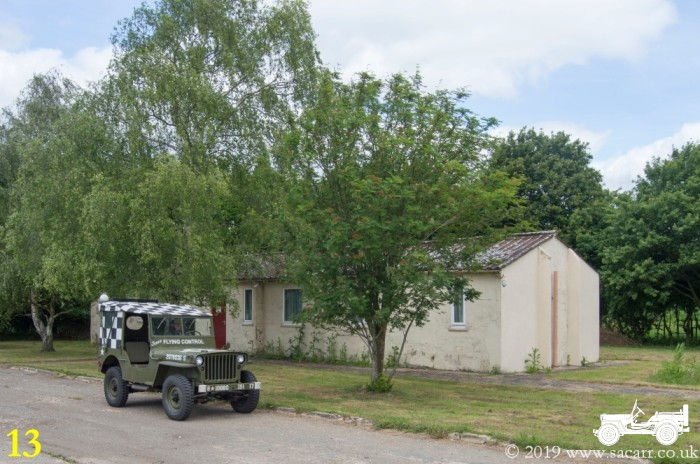
|
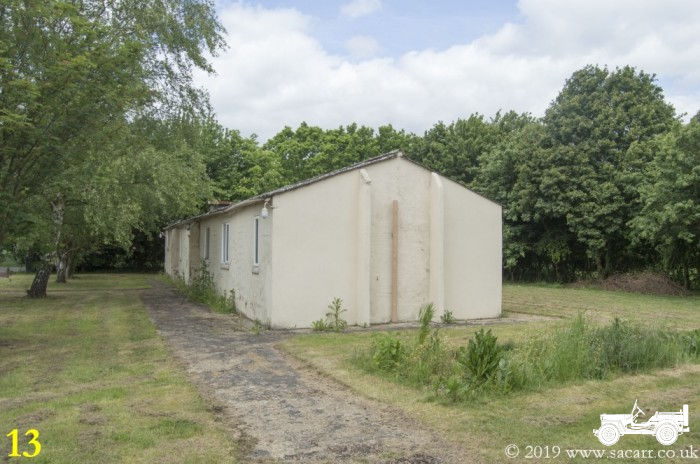
|
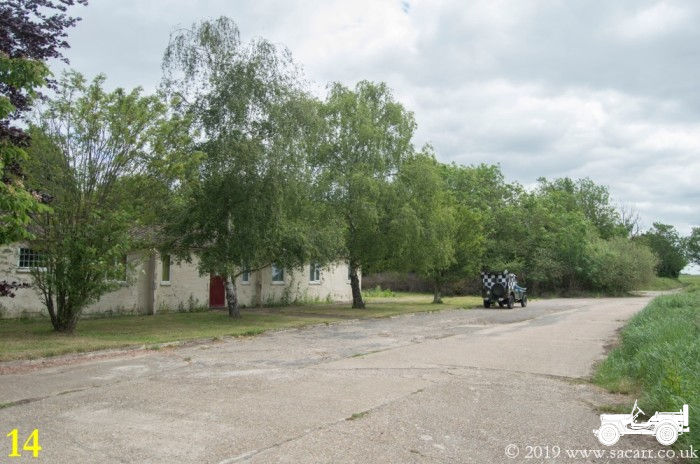
|
|
|
After a drive back around the airfield to the North West side, we stopped at this wartime brick hut, used until fairly recently as a community centre. A new centre has since been built in the village near to the memorial.
|
The former community centre.
|
During the war, this road continued out onto the airfield, leading to the control tower.
|
|